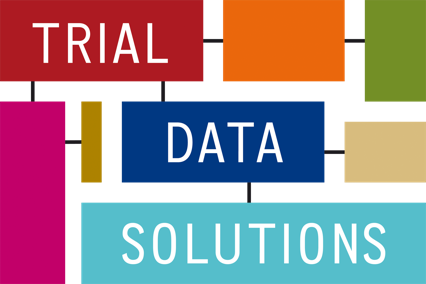About LibreClinica
This page is about LibreClinica. If you're already familiar with the product and you're
interested in what Trial Data Solutions can do for you, go to the main page.
If you landed on this page because you were looking for information about OpenClinica: on
this page you can read more about the difference between OpenClinica and LibreClinica.
If you have a specific question or problem, contact us or have a look at the how-to-pages.
what does it do?
LibreClinica is (opensource) software designed for datamanagement of clinical trials. It runs via the internet,
so you can conduct a trial in several sites all over the world, provided they are connected to the internet.
You can define a study, sites, investigators, monitors and dataentry-persons. Then you design your CRF's plus checks.
As a last step you define your Events, or Visits, and you're ready to go.
If you want double-data-entry: that is just a matter of ticking a checkbox.
LibreClinica comes with an intuitive interface for managing Source Data Verification
Having an Investigator put an electronic signature on the data of a Subject is built in and yes, that's the kind of signature
you need for 21 CFR Part 11.
that sounds good, but: how much does it cost?
Being open source it is free: you can download your copy from https://github.com/reliatec-gmbh/LibreClinica/releases. No registration needed.
how difficult is it to set up CRF's?
Electronic Data Collection has never been so easy.
Of course you start with creating a Study, but hey, you can do that in minutes.
If you know what items you want on your CRF's
and you know what kind of responses you want, all you have to do is enter them in an XL-sheet and upload the sheet.
LibreClinica generates the screen.
Even though it is easy to design CRFs, they can be really sophisticated: make items appear or hide based on other items,
insert values, make calculations, upload files, etc.
You don't have time to learn it? Let us do it for you.
what about validations, discrepancies and queries?
LibreClinica has a versatile system for checks and notes. You can specify both uni-variate and multi-variate checks. The discrepancies can be routed. Plus notes can be added to any data-point. Checks can also be run on imported data. Monitors can issue queries when they feel something needs looking into. The handy interface for managing Discrepancies allows you to filter on all sorts of criteria, but also on Days Open and/or Days Since Updated, which is exactly what any Monitor would want.
so it's easy to get data in, but how do I get my data out again to do an analysis?
At any given moment during your trial you can get the complete dataset, or a subset.
This subset can be any set of responses, or a specific time frame, or a combination: anything you want.
Once you have defined this set you can choose the format: tab-delimited text, SPSS, SAS or CDISC.
Both the SPSS-data and the SAS-data come with a syntax-script that applies labels to all Variables and Values.
You can choose as extract format CDISC ODM XML 1.3 Full with LibreClinica extensions which means that your extract
includes all Study-details, Event-structure, all Audit-details: everything.
And the good thing is: you decide what and when, using the normal interface, so via your browser. Once you have defined your set,
you can re-run it. And not only that: a copy is kept of every dataset created.
And you can schedule it to be run each day or week or however often you want it. And as a bonus, you can add
an e-mail-address to send a notification to: how user-friendly is that?
can I import data from for example my lab-system?
LibreClinica can import any data in XML-format, as specified by the CDISC, the so-called ODM-format. It is also possible to use web-services to import data. Contact us if you want advice on interfacing with LibreClinica, or if you want us to set this up for your trial.

